Table of Contents
- stamen anatomy overview: Filament and Anther Foundations
- stamen anatomy overview: Filament, Anther, and Locules
- stamen anatomy overview: Pollen Development and Microsporangia
- stamen anatomy overview: Androecium Diversity and Patterns
- stamen anatomy overview: Connective and Morphological Terminology
- stamen anatomy overview: Structural Variations – Fusion and Patterns
- stamen anatomy overview: Anther Dehiscence and Pollination Modes
- stamen anatomy overview: Locule Formation and Fusion
- stamen anatomy overview: Sex Expression in Flowers
- stamen anatomy overview: Final Synthesis and applications
- Similar Problems and Quick Solutions
- Problem 1: Anther with two locules per side houses how many microsporangia typically?
- Problem 2: If stamens fuse into a single stalk, what is this arrangement called?
- Problem 3: What term describes flowers with only stamens and no pistils?
- Problem 4: Name a plant feature where pollen is released through valves rather than slits.
- Problem 5: What is a pollinarium or pollinia?
Read More
stamen anatomy overview reveals the elegant architecture behind flowering plant reproduction. In this exploration, we trace the stalked filament, the paired anthers, and the microsporangia that house pollen. We connect historical terminology with modern observations, offering clear explanations, illustrative examples, and best practices for studying botany and plant morphology.
stamen anatomy overview: Filament and Anther Foundations
The filament supports the anther, forming the basic scaffold of the stamen anatomy overview. Its length and stiffness influence how pollen encounters pollinators or dispersal vectors. The anther, often two-lobed, encloses microsporangia where meiosis begins the journey to viable pollen grains, the core of stamen function.
Most stamens present a connective tissue between lobes, and the attachment to the filament may occur at the base or in the middle. This connective carries vascular strands and nutrients that sustain growth. Such details help explain variability in pollen exposure and the adaptive significance of the stamen anatomy overview.
stamen anatomy overview: Filament, Anther, and Locules
In the typical arrangement, anthers are two-lobed with paired locules that cradle the developing microsporangia. Each locule contributes to the total pollen capacity, and the relative size of locules correlates with pollen production, a central theme in the stamen anatomy overview across species.
The stalk-like filament positions the anther for optimal pollen release. Attachment can be basifixed at the base or dorsifixed at the center, influencing dehiscence timing and how effectively pollen reaches receptive stigmas in a given ecological niche, a key aspect of stamen anatomy overview adaptation.
stamen anatomy overview: Pollen Development and Microsporangia
Within each anther, microsporangia line the walls and are nourished by a nourishing tapetum. Diploid pollen mother cells undergo meiosis to yield haploid microspores, forming the cellular precursors to pollen grains. This sequence is a cornerstone of the stamen anatomy overview in developmental biology.
p>After meiosis, the microspores mitotically divide to produce immature microgametophytes, the pollen grains containing male gametophyte tissue. The anther ultimately dehisces, releasing mature pollen that travels via wind, water, or animal vectors, a hallmark of the stamen anatomy overview in reproduction.
stamen anatomy overview: Androecium Diversity and Patterns
The androecium’s arrangement varies wildly: some flowers bear many stamens surrounding the gynoecium, others have few or even a single stamen. This diversity underpins the stamen anatomy overview, shaping how different flowers orchestrate pollination and fertilization across ecosystems.
In some species, flowers are monoecious or dioecious; others maintain both carpels and stamens within the same plant. The term monandrous denotes a single stamen, highlighting extreme variation within the stamen anatomy overview across angiosperms and drawing attention to functional constraints and evolutionary trajectories.
stamen anatomy overview: Connective and Morphological Terminology
The connective tissue between anther lobes can be discrete, divaricate, or distractile, reflecting species-specific development. This connective not only anchors the anther but also carries conductive tissue that supports nutrient flow, a nuance often captured in the stamen anatomy overview of flora.
Filaments may fuse (connate) or remain separate, creating patterns such as epipetalous attachments (to petals) or other adnation variants. The stamen anatomy overview thus encompasses a rich glossary, including appendiculate connective structures that sculpt the evolution of floral form.
stamen anatomy overview: Structural Variations – Fusion and Patterns
Stamen fusion yields monadelphous arrangements where filaments unite into a single stalk, or diadelphous forms with two fused groups. Synandrous species retain connate anthers, illustrating convergent evolution within the stamen anatomy overview across diverse plant families.
Other patterns include diplostemonous (two whorls with anthers opposite petals) and haplostemonous (a single series of stamens). These naming schemes capture the stunning morphologies possible in the stamen anatomy overview and their ecological implications for pollination vectors and timing.
stamen anatomy overview: Anther Dehiscence and Pollination Modes
Dehiscence openings liberate pollen and may appear as longitudinal slits, pores, or valves depending on lineage. Orchidaceae and some Asclepiadoideae exhibit pollinia, pollen masses adapted for efficient transfer to specific pollinators, a dramatic facet of the stamen anatomy overview in pollination biology.
Most angiosperms rely on pollen dispersal by wind, water, or animals. The mechanism of pollen release—whether gradual or synchronized—reflects the encounter dynamics with pollinators and stigmatic receptivity, underscoring how the stamen anatomy overview governs successful fertilization across diverse habitats.
stamen anatomy overview: Locule Formation and Fusion
Each anther typically contains two locules per side, though locule fusion can yield a single cavity, altering pollen packaging and release. These developmental modifications are central to the stamen anatomy overview and reveal how simple changes can shift reproductive efficiency.
Extreme locule fusion can form a ring around the gynoecium, a striking adaptation seen in certain taxa. When a single stamen remains, botanists designate the plant as monandrous, emphasizing the breadth of variation within the stamen anatomy overview.
stamen anatomy overview: Sex Expression in Flowers
In the typical bisexual flower, carpels and stamens coexist, yet many species exhibit unisexual flowers. The terms androecious (stamens only) and gynoecious (pistils only) capture this spectrum, highlighting the essential role of stamen anatomy overview in understanding plant reproductive strategies.
Abortive or rudimentary stamens, termed staminodes, appear in several taxa and reflect evolutionary refinements. In orchids, carpels and stamens may fuse into a column, a remarkable deviation that still ties back to the core principles of the stamen anatomy overview in floral biology.
stamen anatomy overview: Final Synthesis and applications
Final synthesis: the stamen anatomy overview reveals how filament-anther units, locules, and connective elements form a modular system tailored for pollen production and release. Recognizing patterns such as monadelphous or synandrous structures informs taxonomy, breeding, and ecological studies, enriching practical work in botany and horticulture.
For students and researchers, mapping stamen architecture to function clarifies pollination ecology, genetic diversity, and adaptation. Mastery of this overview supports classroom teaching, field observations, and interdisciplinary research, reinforcing why the stamen anatomy overview remains foundational to understanding flowering plant biology and evolution.
Similar Problems and Quick Solutions
Problem 1: Anther with two locules per side houses how many microsporangia typically?
Four microsporangia per anther, two per locule, totaling four in the typical setup.
Problem 2: If stamens fuse into a single stalk, what is this arrangement called?
Monadelphous arrangement.
Problem 3: What term describes flowers with only stamens and no pistils?
Androecious flowers.
Problem 4: Name a plant feature where pollen is released through valves rather than slits.
Valve dehiscence, observed in some taxa like Berberidaceae.
Problem 5: What is a pollinarium or pollinia?
pollen masses specialized for transfer by particular pollinators, seen in Orchidaceae and related groups.
| Aspect | Key Points |
|---|---|
| Filament & Anther | Filament supports the anther; the anther contains microsporangia where pollen begins; entire unit is the core of stamen anatomy overview. |
| Locules | Two typical locules per side, may fuse into a single locule, affecting pollen packaging and release within the stamen anatomy overview. |
| Connective | Connective tissue between lobes can be discrete, divaricate, or distractile, influencing pollen flow and structural resilience. |
| Dehiscence | Openings may be slits, pores, or valves; governs how pollen exits the anther for pollination. |
| Patterns | Monadelphous, diadelphous, synandrous, and other arrangements illustrate the diversity within the stamen anatomy overview. |
We also Published
RESOURCES
- Stamen | Definition, Plant, Flower, Function, Description, & Facts …
- Parts of a Flower: An Illustrated Guide | AMNH
- Fruit Anatomy | UC Agriculture and Natural Resources
- Peony Flower Anatomy Part I
- Flower Anatomy: The Parts of a Flower | Proflowers Blog
- The corona of the daffodil Narcissus bulbocodium shares stamen …
- Overview of the anatomy of flower plants: # Main Structures 1 …
- Flower description glossary
- Can the anatomy of abnormal flowers elucidate relationships of the …
- Stamen – Wikipedia
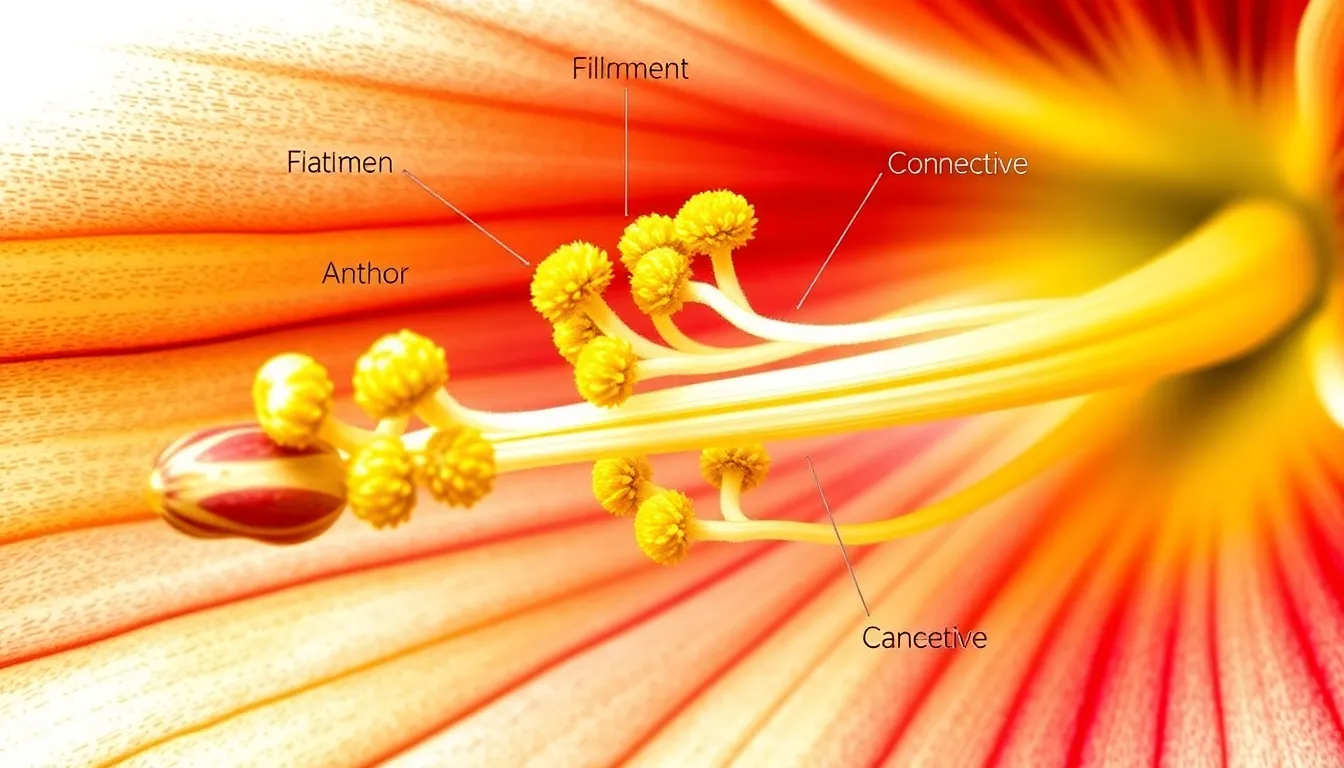
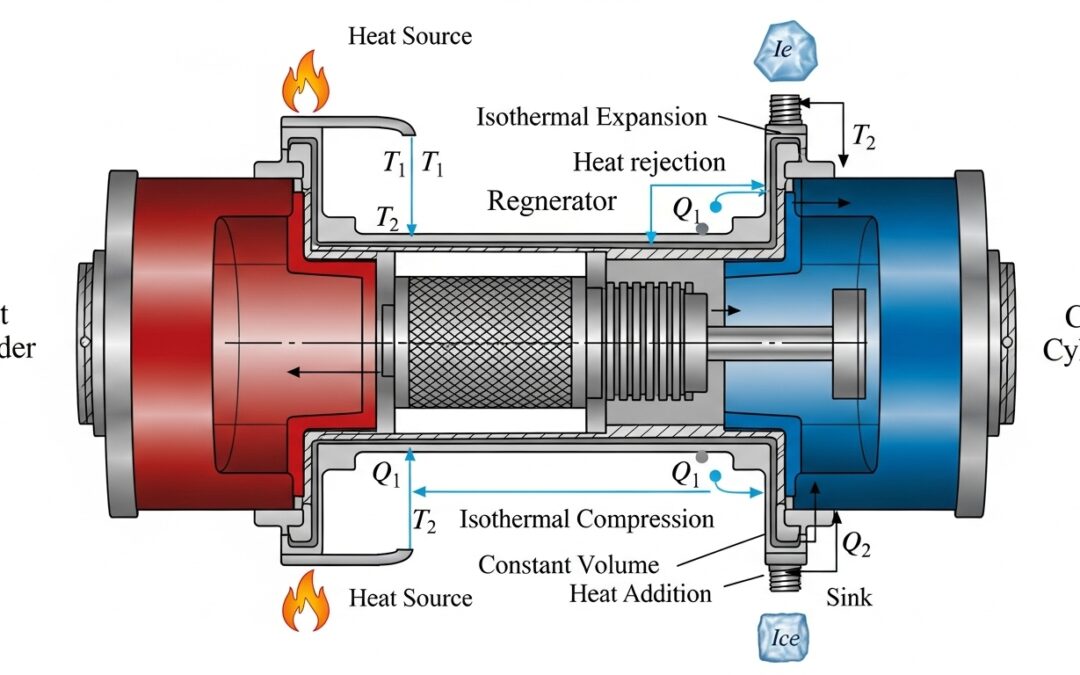

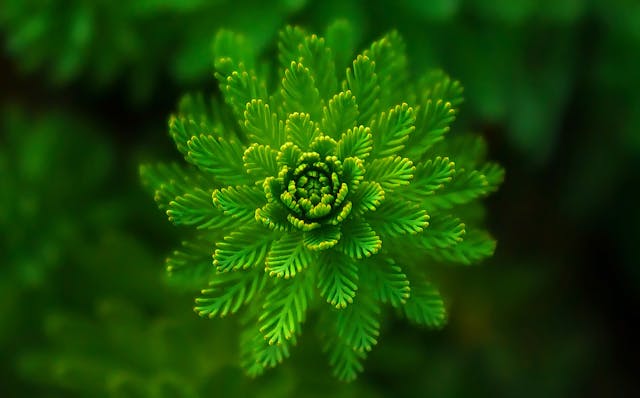
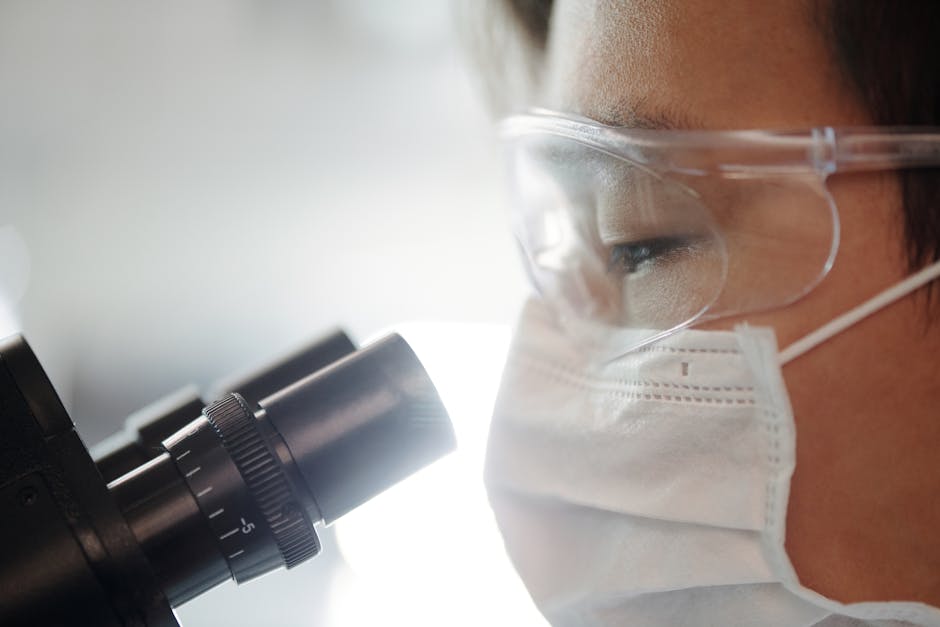
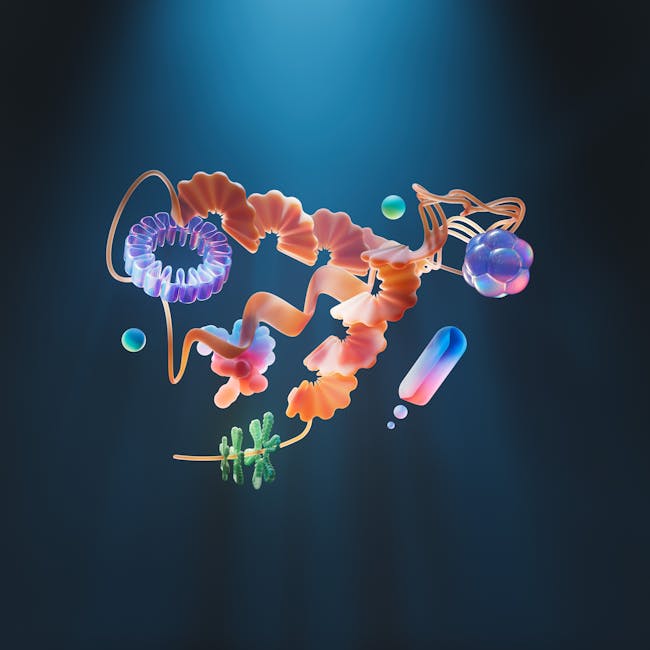

0 Comments